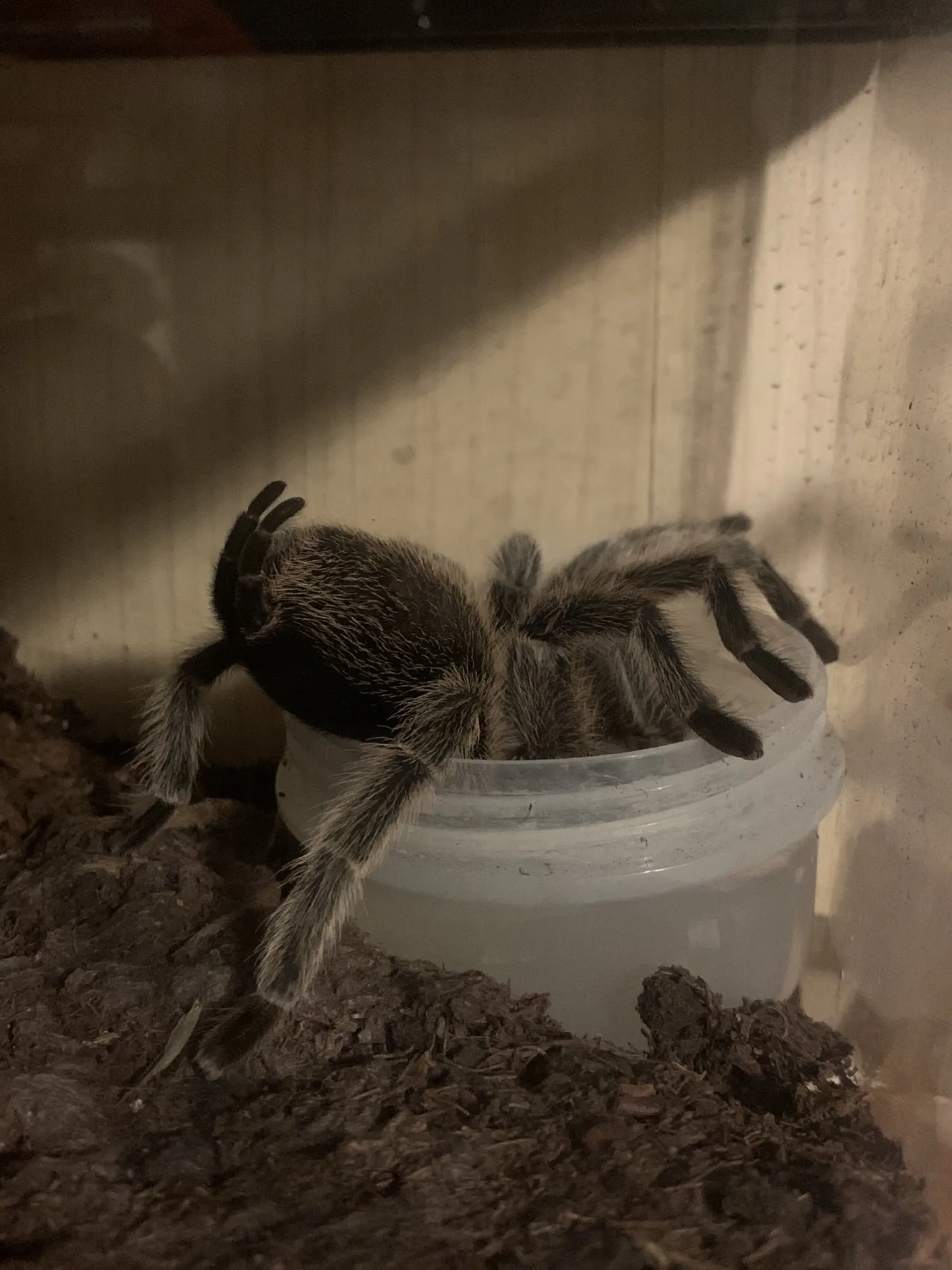Understanding Your Rose Hair Tarantula
The Rose Hair Tarantula (Grammostola rosea), also known as the Chilean Rose Hair Tarantula, is a popular pet spider, cherished for its docile temperament, beautiful coloration, and relatively easy care requirements. This comprehensive care guide will provide you with all the essential information you need to ensure your Rose Hair Tarantula thrives in a captive environment. From setting up its habitat to understanding its specific needs, we’ll cover everything you need to know to become a successful tarantula keeper. These fascinating creatures can be a rewarding pet for both novice and experienced hobbyists. They’re not just pets, but a window into the incredible world of arachnids. Understanding their needs is the first step towards creating a thriving environment.
Origin and Habitat
Rose Hair Tarantulas originate from the arid and semi-arid regions of Chile, Bolivia, and Argentina. In their natural habitat, they live in burrows or under rocks, providing them with shelter from the harsh climate and predators. Replicating this environment in captivity is crucial for their well-being. The key to success in keeping any tarantula is understanding the animal’s natural history, this will allow you to better design your enclosure.
Appearance and Characteristics
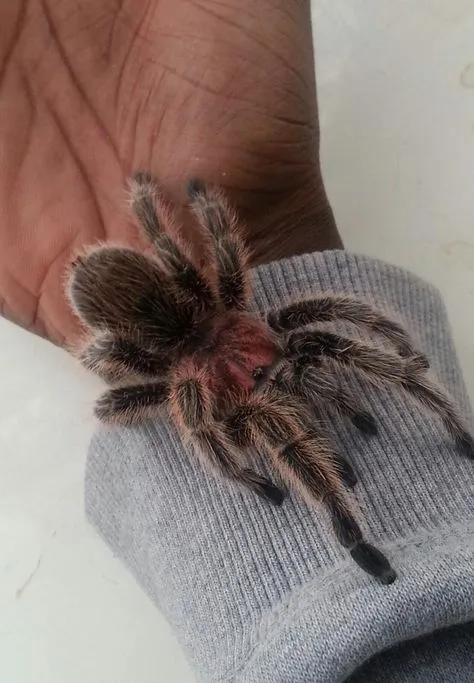
Rose Hair Tarantulas are named for the pinkish hairs that cover their bodies, giving them a beautiful rose hue. They are relatively large spiders, with females reaching up to 6 inches in leg span, while males are typically smaller. Their docile nature makes them a good choice for beginner tarantula keepers. Their lifespan is another attractive feature with females living for up to 20 years and males, while shorter, often living several years. They possess a unique appearance that sets them apart from other species.
Setting Up the Perfect Enclosure
Creating a suitable enclosure is fundamental to the health and happiness of your Rose Hair Tarantula. The right setup not only provides a comfortable living space but also helps regulate temperature and humidity. This ensures the tarantula can thrive. It’s essential to provide a habitat that mimics their natural environment as closely as possible.
Choosing the Right Tank
A glass or plastic terrarium is ideal for housing your Rose Hair Tarantula. The size of the enclosure depends on the size of your tarantula, but a good rule of thumb is to provide a tank that is at least three times the spider’s leg span in width and length. Ventilation is also crucial, so ensure the enclosure has adequate airflow, often achieved through a screen top. Secure lids are also a must to prevent escape. Look for enclosures that provide secure access to maintain and observe your pet.
Substrate and Decor
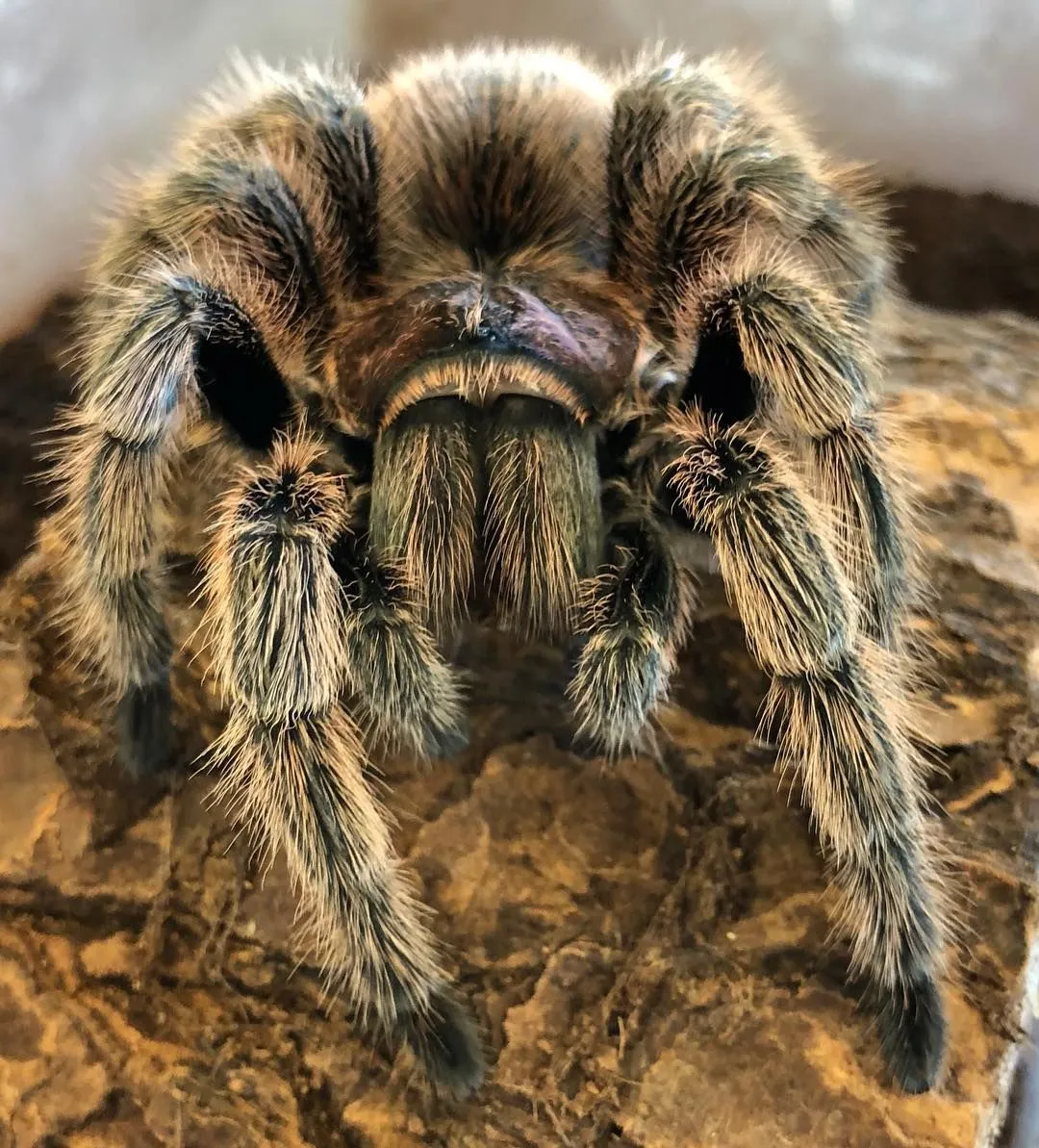
The substrate should be several inches deep to allow your tarantula to burrow if it desires. Coconut fiber, peat moss, or a mix of both are excellent choices as they retain moisture and allow the spider to create a comfortable environment. Include a hide, such as a piece of cork bark or a half-log, to provide a safe space for your tarantula to retreat. Decorate with artificial plants or other non-toxic items to enhance the enclosure. Avoid sharp objects that could harm the spider. It is important to regularly check for mold and replace the substrate to maintain hygiene.
Maintaining Temperature and Humidity
Rose Hair Tarantulas thrive in a temperature range of 75-85°F (24-29°C). You can use a heat mat or a low-wattage heat lamp to maintain the appropriate temperature. The humidity level should be kept at 60-70%. Regular misting of the enclosure, especially during molting, helps maintain proper humidity. Use a hygrometer to monitor humidity levels. Adequate temperature and humidity is vital for their well-being and encourages a good appetite, molting and overall health.
Feeding Your Rose Hair Tarantula
Proper feeding is critical to the health and growth of your Rose Hair Tarantula. They are voracious eaters and require a diet that meets their nutritional needs. Understanding the best practices for feeding ensures your tarantula stays healthy and active.
What to Feed
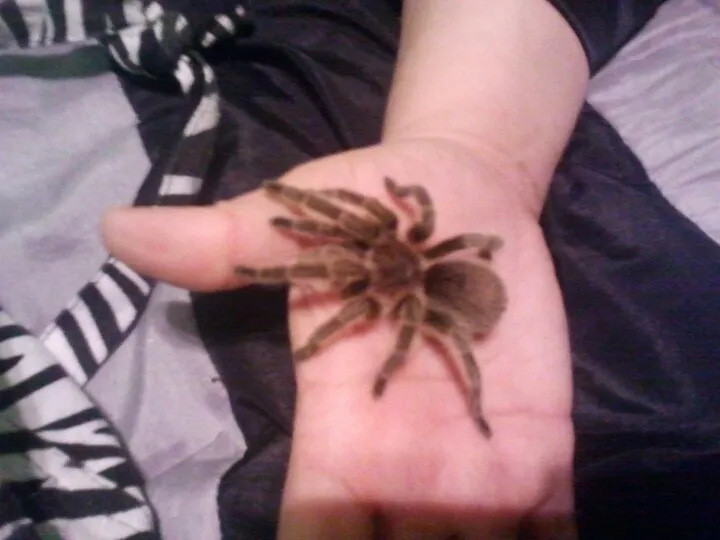
The staple diet of a Rose Hair Tarantula consists of insects, such as crickets, mealworms, and roaches. The size of the insect should be appropriate for the tarantula’s size. You can also offer pre-killed insects to reduce the risk of the tarantula being bitten. Varying the diet with different insects provides a more balanced nutrition. Always remove any uneaten food within 24 hours to prevent the growth of mold and bacteria. Providing a varied diet is not only nutritious but it also adds mental stimulation.
Feeding Frequency
The feeding frequency depends on the tarantula’s age and size. Young tarantulas (spiderlings) should be fed 2-3 times a week, while adults can be fed once or twice a week. Adjust the feeding schedule based on the tarantula’s appetite and overall condition. A tarantula that is about to molt may refuse food. If the abdomen is larger than the carapace, your tarantula is probably well fed. Overfeeding should be avoided.
Water and Hydration
Fresh, clean water should always be available. Provide a shallow water dish with water. Alternatively, you can mist the enclosure regularly. Ensure the water dish is shallow enough to prevent the tarantula from drowning. Keep the water clean by replacing it frequently, at least a couple times a week. Water is essential to your tarantula’s health, especially during molting, and it helps with hydration. Always check the water source to avoid any contaminant that can be dangerous to the spider.
Handling and Safety
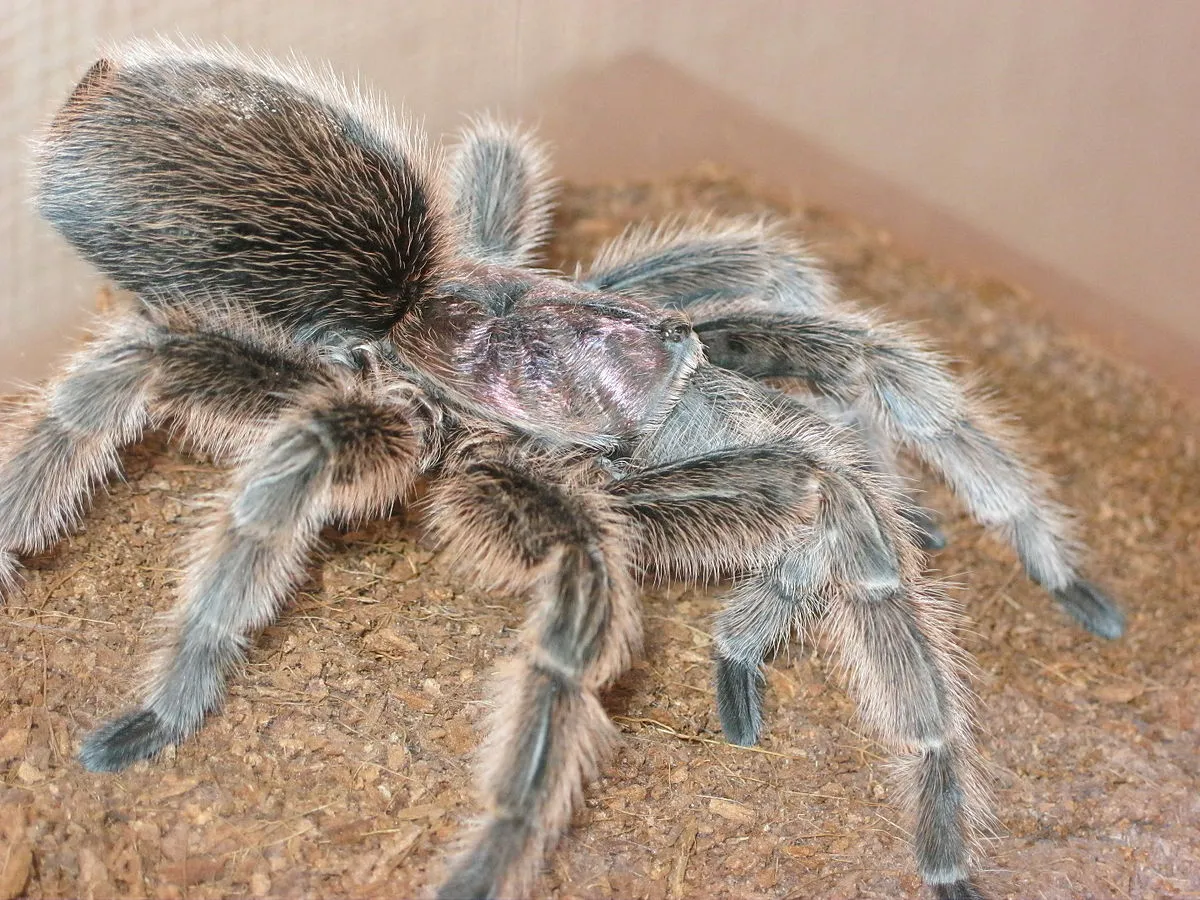
While Rose Hair Tarantulas are generally docile, handling should be done with caution. Understanding the risks and following proper handling practices ensures the safety of both you and your tarantula. It is extremely important to carefully think if handling is needed.
When to Handle
It’s best to avoid handling your Rose Hair Tarantula unless absolutely necessary, such as for enclosure cleaning or health inspections. Excessive handling can stress the spider and potentially lead to injury. If you must handle your tarantula, do so with care, avoiding sudden movements. It is recommended to handle your tarantula in a confined space, like a bed or a table with sides, to prevent falls.
Safe Handling Practices
If you choose to handle your tarantula, do so gently and support its body. Avoid dropping the tarantula, as this can cause serious injury. Wash your hands before and after handling. Keep the tarantula close to the ground in case it falls. Be aware of the tarantula’s behavior and put it back in its enclosure if it appears stressed or agitated. Remember, even though they are docile, they can still bite if provoked. Always be respectful of your pet.
Common Health Issues and Care
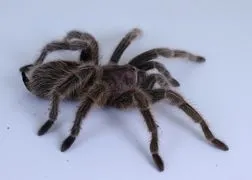
Like all pets, Rose Hair Tarantulas can experience health issues. Being able to recognize and address these issues promptly is key to keeping your tarantula healthy and happy.
Molting Process
Molting is a natural process in which tarantulas shed their exoskeletons to grow. During molting, your tarantula will typically stop eating and may become lethargic. The tarantula will often flip onto its back. Do not disturb the tarantula during molting. Provide extra humidity during this process. Once the molt is complete, the tarantula will be vulnerable for a few days while its new exoskeleton hardens. Avoid feeding during this period. Molting is crucial for growth and requires patience and care.
Recognizing and Treating Illness
Signs of illness include loss of appetite, lethargy, or unusual behavior. If you notice any of these signs, consult with an experienced tarantula keeper or a veterinarian familiar with exotic pets. Common problems include mites, dehydration, or injuries from a fall. Isolate sick tarantulas and maintain good hygiene in the enclosure to prevent the spread of any potential diseases. Early detection and treatment are essential for successful recovery.
Breeding Rose Hair Tarantulas
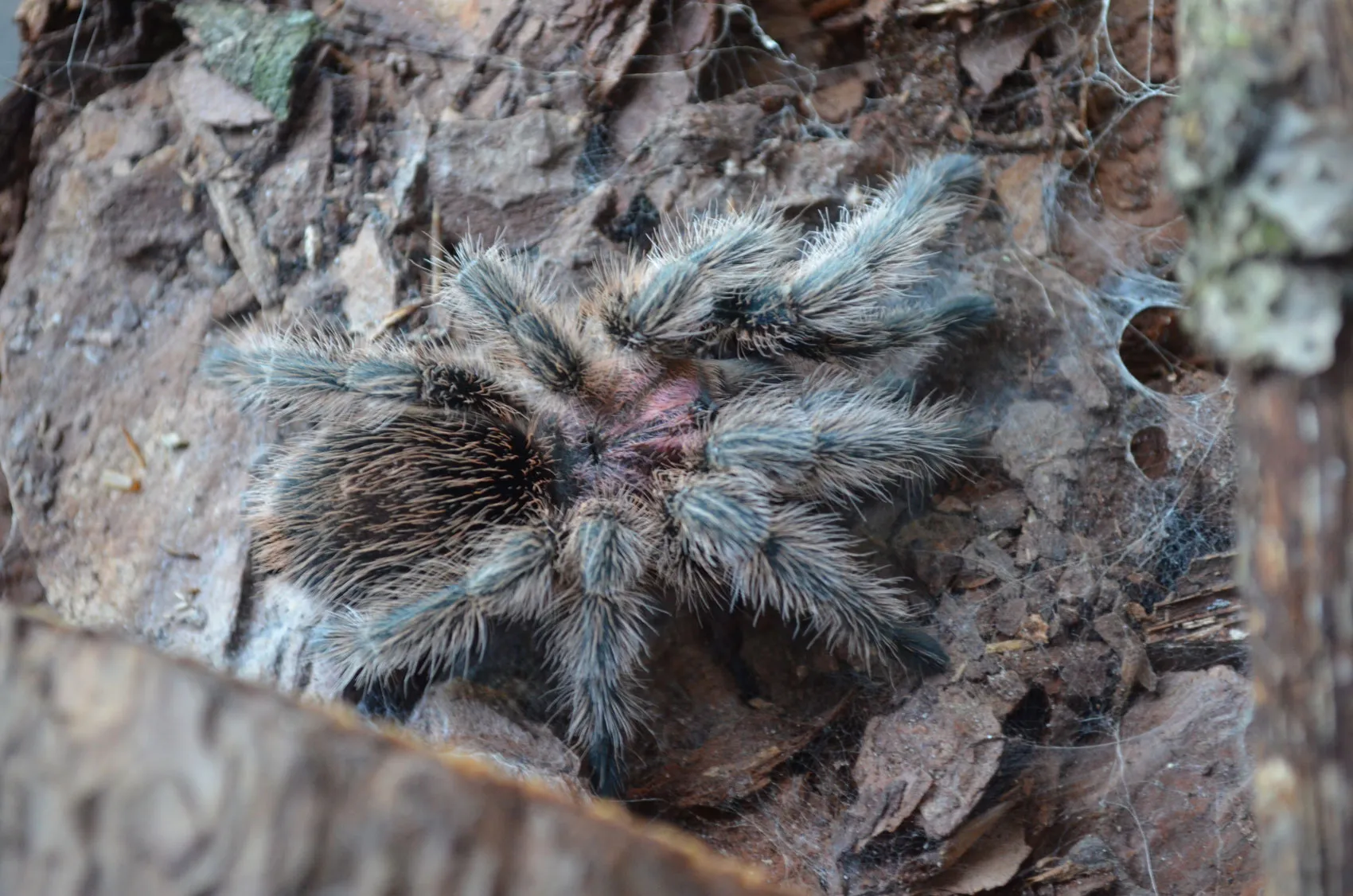
Breeding Rose Hair Tarantulas can be a rewarding experience, but it requires careful planning and knowledge. Successfully breeding tarantulas requires a thorough understanding of their life cycle. Before you start, it is important to understand the commitment and resources involved.
Sexing Your Tarantula
Identifying the sex of your Rose Hair Tarantula is the first step in breeding. You can determine the sex by examining the tarantula’s molt or by looking for the presence of sperm webs in mature males. Males also have tibial hooks, which are used to hold the female’s fangs during mating. Females tend to be larger, and mature males will have hooks. Accurate sexing is crucial for successful breeding. If you are unsure, consult with an experienced keeper or breeder.
The Breeding Process
If you have a male and female, introduce them carefully. The male will typically drum on the female’s enclosure. The female is introduced into the male’s enclosure. The male will attempt to mate with the female. Once the mating is complete, separate the spiders to prevent the female from eating the male. The female will then lay an egg sac, which contains hundreds of spiderlings. The female guards the egg sac for several weeks until the spiderlings hatch. The spiderlings will need their own enclosures to grow. Breeding tarantulas is a long process and is a great experience for enthusiasts.
Conclusion
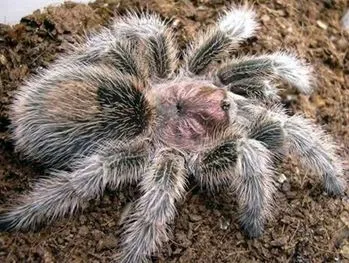
Caring for a Rose Hair Tarantula is a rewarding experience. By understanding their needs and providing a suitable environment, you can enjoy the company of these fascinating creatures for many years. Remember to research, observe your tarantula, and always prioritize its well-being. The joy of owning a Rose Hair Tarantula comes from observing its unique behaviors and witnessing its fascinating life cycle. With the right care, your Rose Hair Tarantula will thrive and bring you years of enjoyment. Happy keeping!
